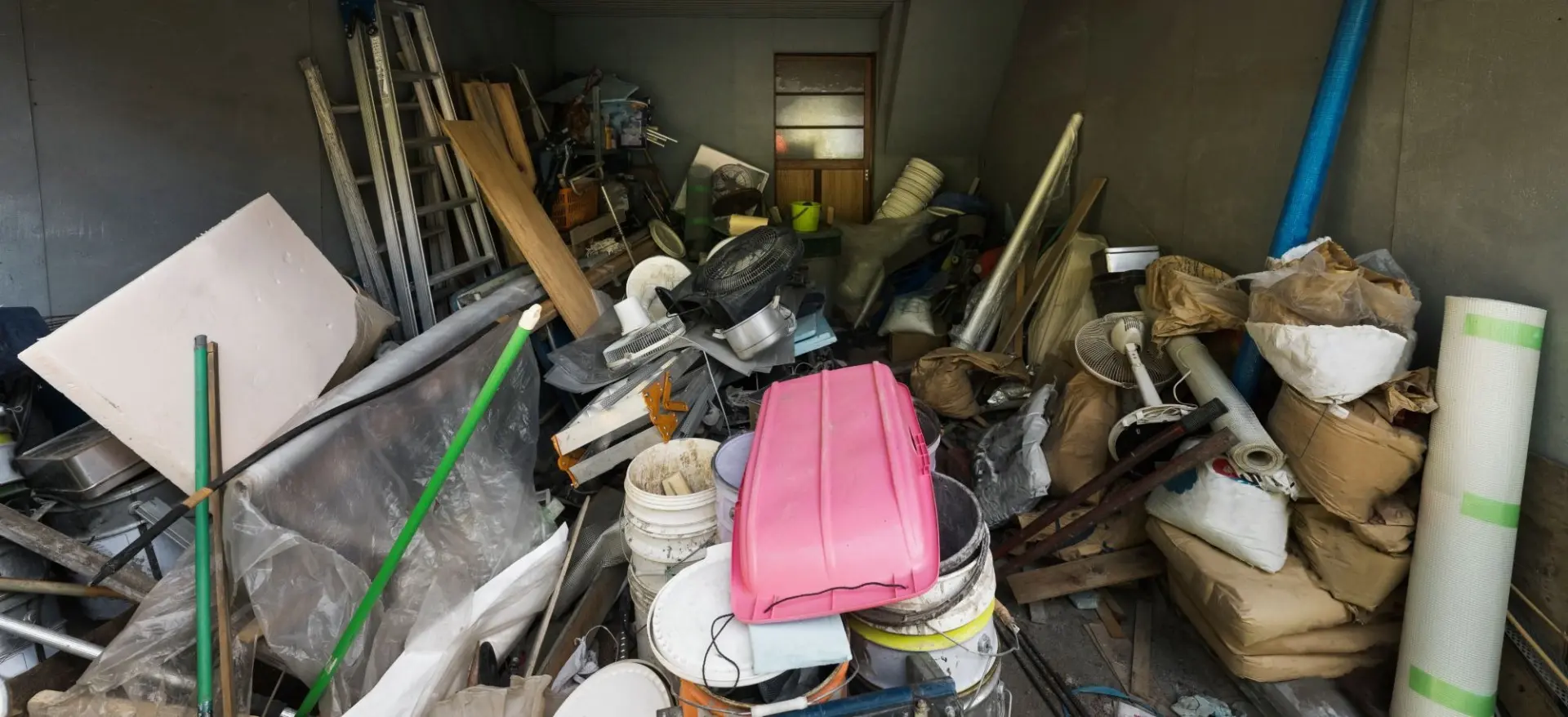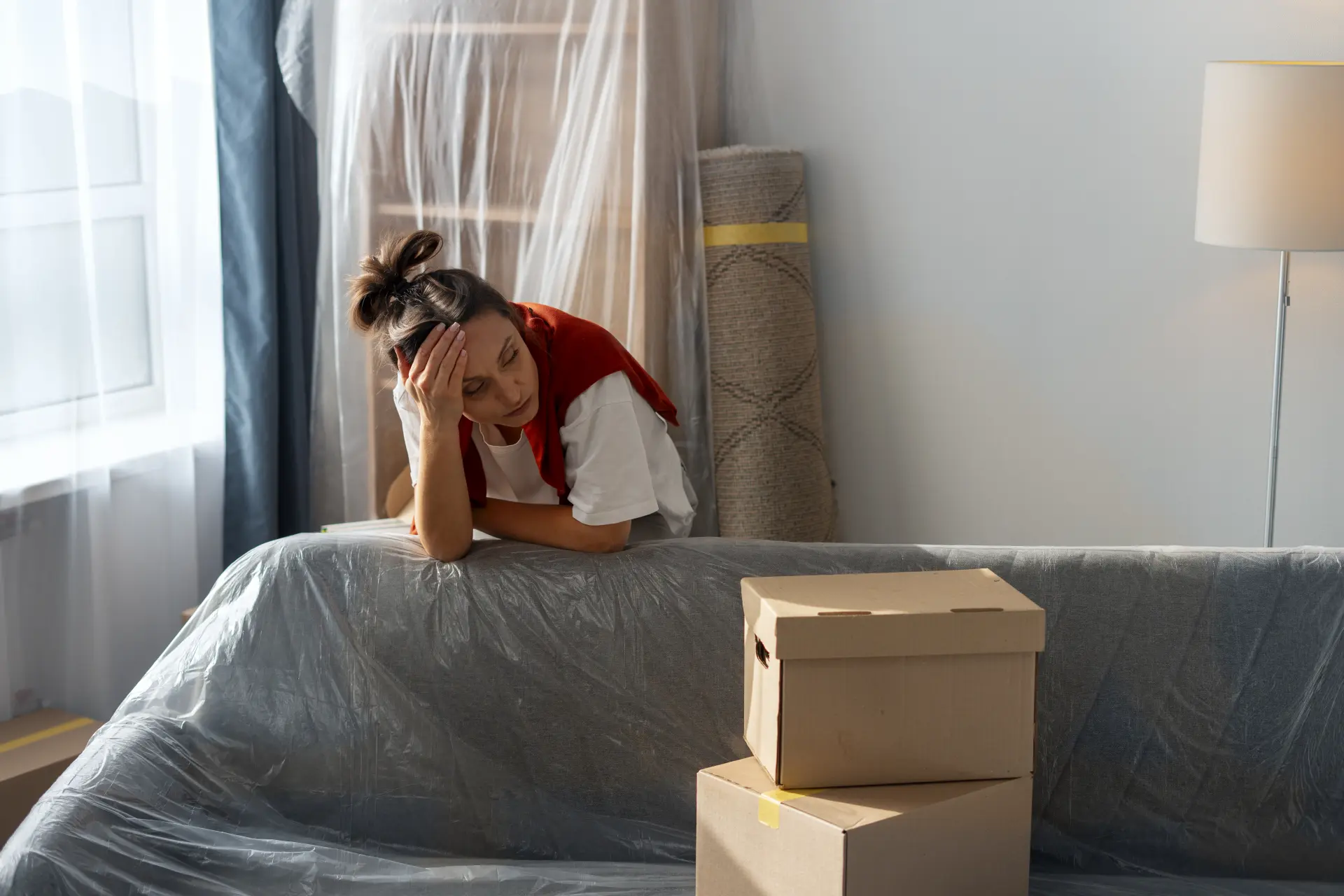Hoarding disorder is a complex issue that goes beyond everyday clutter. When a family member is affected, it can place strain on relationships, create unsafe living conditions, and leave relatives unsure how best to help. Taking a thoughtful and compassionate approach is vital in providing support without causing further distress.
Recognising the Signs of Hoarding
Hoarding is often misunderstood as laziness or poor housekeeping, but it is a recognised mental health condition. Signs include the persistent inability to discard possessions, even when they have little or no value, and living spaces becoming unusable due to piles of items. Important areas such as the kitchen, bathroom, or bedroom may be blocked, creating risks to hygiene and safety. Narrow pathways, broken appliances buried under clutter, or excessive stockpiling of items like newspapers or clothes are all red flags.
In some cases, the home may also attract pests, create fire hazards, or make it impossible for tradespeople or medical staff to access vital areas. Recognising these issues early allows families to understand that intervention is needed, rather than dismissing the situation as simply being “messy.”
Approaching the Conversation with Compassion
Bringing up the subject of hoarding can be challenging. A direct or critical approach often leads to defensiveness or shame, so timing and tone are important. It is best to raise concerns during a calm moment, using supportive language.
Instead of saying, “This house is a state,” focus on health and wellbeing with phrases like, “I’m worried you might trip or hurt yourself.” Emphasising concern for their safety rather than the state of their belongings can make them feel less judged and more understood.
Small, consistent conversations are often more effective than one large confrontation. Showing patience demonstrates that you respect their feelings, even if you don’t agree with them.

What Not to Do When Helping a Hoarder
Certain actions, even if well intentioned, can make the situation worse. Forcing a clear-out without consent may cause severe emotional distress and damage trust, often leading to the clutter quickly returning. Similarly, throwing away possessions in secret or making jokes about the state of the home can deepen feelings of shame and isolation.
Hoarding is tied to anxiety and sometimes trauma, meaning the problem cannot be solved by quick fixes. Progress is usually gradual, and setbacks are common. Avoiding unrealistic expectations helps maintain a supportive relationship while your family member works at their own pace.
It is also important not to shoulder the entire burden yourself. Setting boundaries and recognising your own limits will ensure you can continue to provide steady, constructive support.

Encouraging Professional Help and Therapy
Family support alone is rarely enough to overcome hoarding disorder. Professional intervention provides the tools and guidance needed for long-term change. This may involve working with a therapist, support group, or specialised clearance service that understands the emotional and practical sides of hoarding.
Cognitive Behavioural Therapy (CBT) has proven effective in helping people challenge their attachment to possessions and develop healthier habits. A GP can provide referrals to mental health specialists, while local community resources may also be available. Offering to attend appointments or research local services together can make professional help feel less daunting.
When combined with family encouragement, professional therapy can give your loved one the confidence to make lasting improvements.
We provide compassionate, professional hoarding disorder treatment services across Scotland. Our trained team combines therapeutic support with practical assistance, helping individuals and families create safe, healthy, and comfortable living environments while restoring dignity and peace of mind.





